Nationality Italian Name Giacomo Boni | Role Archaeologist | |
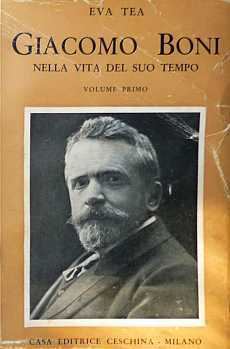 | ||
Born 25 April 1859Venice, Italy ( 1859-04-25 ) Died July 10, 1925, Rome, Italy | ||
Giacomo boni archaeologist
Giacomo Boni (25 April 1859 – 10 July 1925) was an Italian archaeologist specializing in Roman architecture. He is most famous for his work in the Roman Forum.
Contents

Life
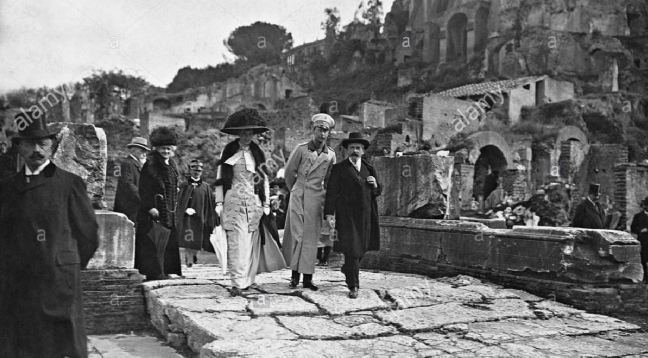
Born in Venice, Boni studied architecture at the Accademia di Belle Arti in his native city and later moved to Rome. During World War I Boni participated as a soldier, and was elected senator in 1923, at which time he embraced fascism.
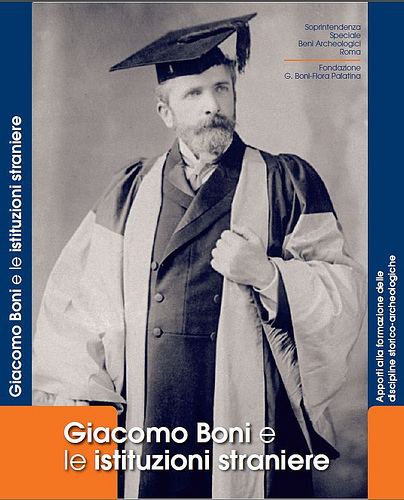
Boni died in Rome, and he is buried in the Orti Farnesiani on the Palatine Hill.
Venice
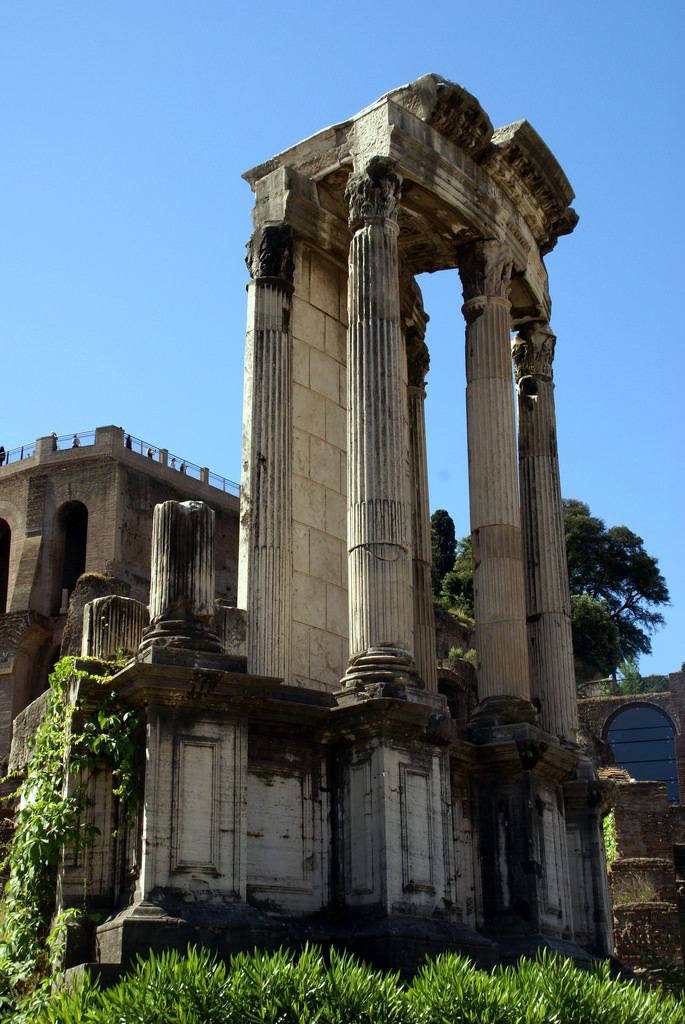
His early work as an architect involved him in the restoration of the Doge's Palace. During this time he demonstrated his technical skills. In the 1880s, Boni met Horatio Brown, who became his colleague in a shared passion for antiquities.
Rome
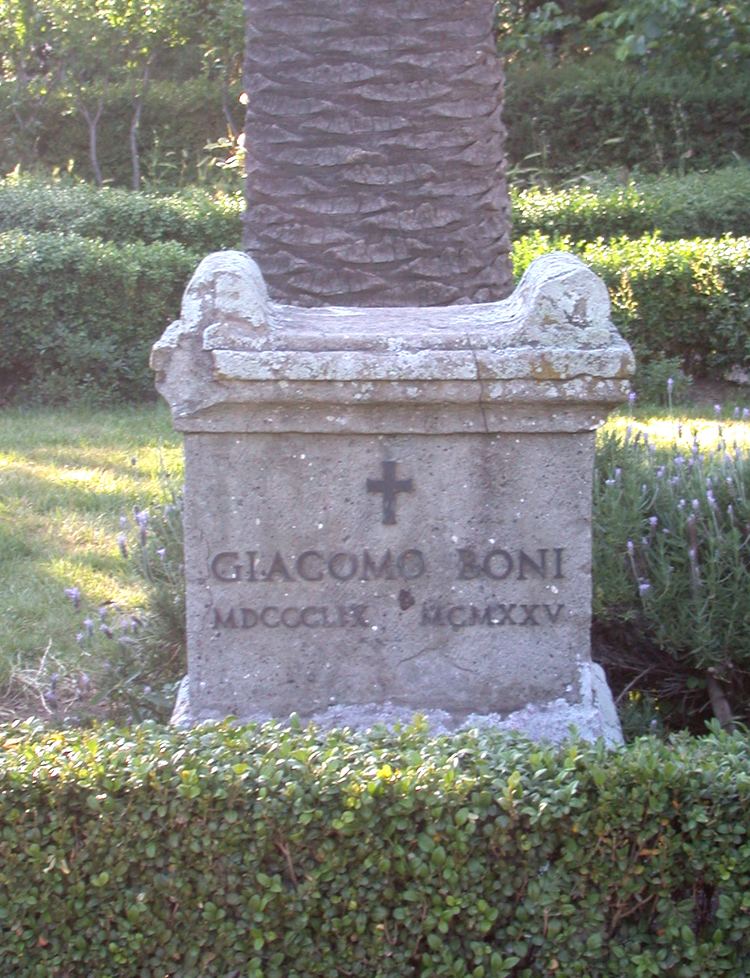
In 1888 Boni went to Rome, where in 1898 the Ministro della Pubblica Istruzione G. Baccelli named him director of excavations in the Forum Romanum. Boni directed this important project from 1898 until his death in 1925. He was interested in the stratigraphy of the Forum, an important advance in the science of Roman archaeology.

His excavations led to many important discoveries, including the Iron Age necropolis near the Temple of Antoninus and Faustina, the Lapis Niger, the Regia, Galleria Cesaree, Horrea Agrippiana, the shrine of Vesta, and other monuments. In 1907 Boni also worked on the slope of the Palatine Hill where he discovered the Mundus (tholos-cistern), a complex of tunnels leading to the Casa dei Grifi, the so-called Aula Isiaca, the so-called Baths of Tiberius and the base of a hut under the peristyle of the Domus Flavia.
The excavations were interrupted by the outbreak of World War I and resumed in 1916.
